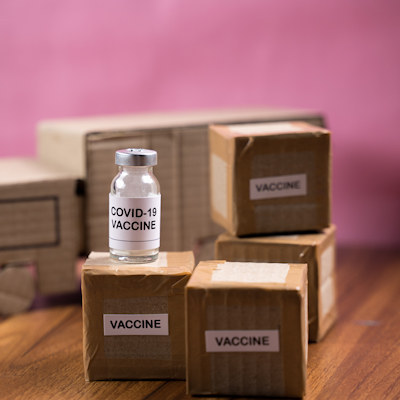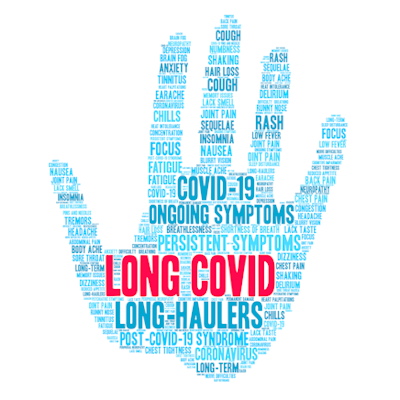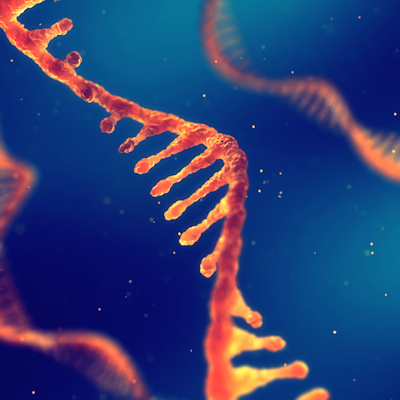May 31, 2023 -- Researchers have used cryo-electron microscopy (cryo-EM) to visualize a critical step in the replication of SARS-CoV-2, generating insights that could inform the development of COVID-19 drugs.
Early in the pandemic, developers identified the processing of the SARS-CoV-2 polyprotein as a potential target for COVID-19 antivirals. The enzymatic cleaving of the polyprotein into individual proteins is vital to replication of the virus and, as such, is an opportunity to use a drug to disrupt the pathogen. Paxlovid, the first COVID-19 antiviral to receive full approval in the U.S., inhibits an enzyme that cleaves the protein.
Knowledge of the enzyme targeted by Paxlovid, Mpro, comes from studies that used X-ray crystallography to image the protease on its own and while attached to a small peptide designed to mimic the polyprotein. As such, researchers have lacked structural information about polyprotein-bound Mpro.
The lack of structural information has left researchers unsure of how Mpro or the polyprotein determine the order of cleavage. To address that knowledge gap, a team at Penn State used cryo-EM to reveal the structure of Mpro in isolation and in a complex with a region of a coronavirus polyprotein. The researchers have shared their findings in the Journal of Biological Chemistry.
The cryo-EM images revealed that Mpro associates the cleavage location but makes very little contact with the rest of the polyprotein. That finding suggests that the polyprotein, not the enzyme, may dictate the order of cleavage, as Manju Narwal, a postdoctoral researcher at Penn State and first author of the paper, said in a statement.
"If Mpro was driving the process, selecting a preferred recognition site from all of the exposed possibilities, we would expect it to make additional contacts with the polyprotein for reasons related to energetics and stability," said Narwal. "Because we don't see those additional contacts, we suspect that the polyprotein's structure may instead dictate the cleavage order."
The researchers are still trying to generate a clear image of the polyprotein and visualize all of its regions, a challenge that stems from the application of cryo-EM to a relatively small structure, but the existing evidence suggests a potential explanation for how cleavage happens. For example, Mpro may initially only be able to access a limited number of sites in the polyprotein. When one protein is cleaved, the enzyme may gain access to a new site. In that way, the polyprotein could determine the order of cleavage.
Copyright © 2023 scienceboard.net










